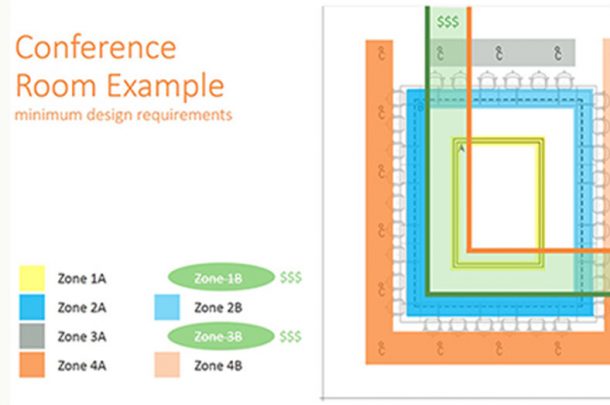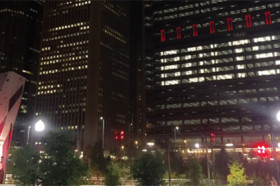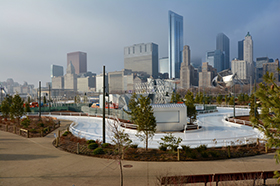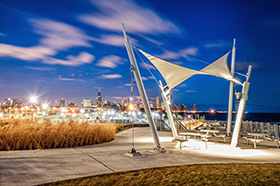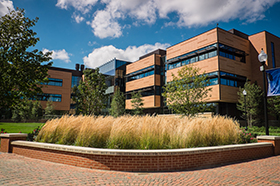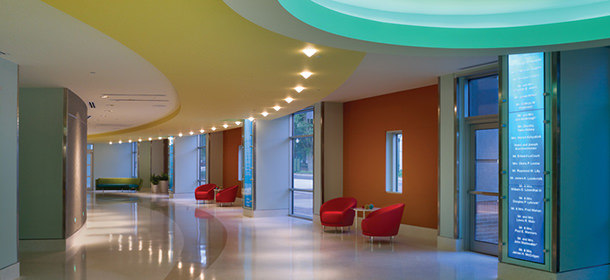
“Ok – where do I go now?” We’ve all been in that position. It could be at the airport, in a medical facility, or at a museum; knowing you need to get somewhere specific once inside, but having no idea how to get there from where you’re standing. This is where way-finding comes into play. Way-finding is the collection of tools used to help people find their way. Whether through a floor, building, campus, or complex, all of the tactics that help people navigate from place to place can be part of a way-finding solution.
Usually when people hear the term ‘way-finding,’ they tend to think of written directional signs, pictorial symbols, or a map, but proper building lighting designed with way-finding in mind can also be a great asset in helping people navigate a space. Think about the last time you went to a darkened museum exhibit – how did you move through the space? Did you move toward the lit objects? Did you follow the lighted path? Unless you were looking for a dark corner to take a nap in, you probably did. People are naturally drawn toward illumination and illuminated spaces. Various studies have been done showing how people move through a space and choose seating in response to light. Bright vertical surfaces, illuminated paths, and brighter areas (versus darker areas) are all items that draw people into a space. In addition, lighting design, fixtures and controls can also be helpful tools used for way-finding.
Lighting design can help other way-finding elements be more useful, and not just through internally illuminated signs or maps (such as those often seen at an airport). Properly illuminating and modeling landmark items such as murals, sculptures, and other objects d’art can help make the landmarks more memorable and easier to find. Providing vertical surface illumination can help draw people into spaces, while marker lights or signature accent lights can help provide pathway definition.
Light fixtures can also be part of the designer’s plan for department (or unit or floor) identification, working with the color-coding or design-coding of various departments (or units or floors). Decorative pendants of different shapes, styles, and layouts can easily help identify a change in venue. If marker lights are used, varying the colors of said lights could also help.
Lighting controls can be a useful tool for way-finding as well. With current trends moving toward individual addressable controls, lighting scenes can be set to help people naturally navigate to where they need to go. For example, if a large campus has an event at night, all the exterior lights could be programmed so that the building, parking lot, and drives are significantly brighter than others, drawing people naturally to the correct place.
Nowadays, simple wall placards are no longer enough to help people navigate within a facility. If a building has good way-finding features, it will provide a more pleasant and positive experience for its users. The next time you are thinking about way-finding issues, consider including lighting as part of the overall solution.






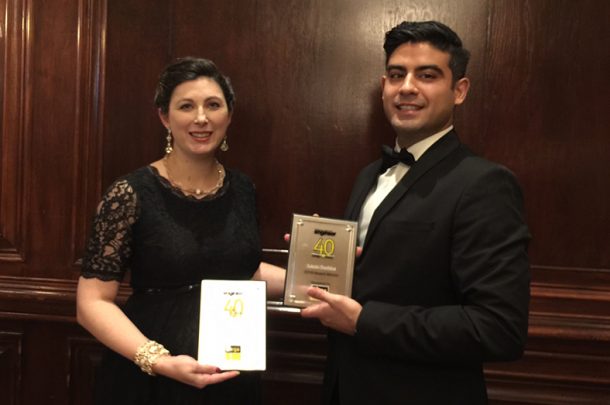
 Primera Engineers in CSE's 40 Under 40
Primera Engineers in CSE's 40 Under 40 
